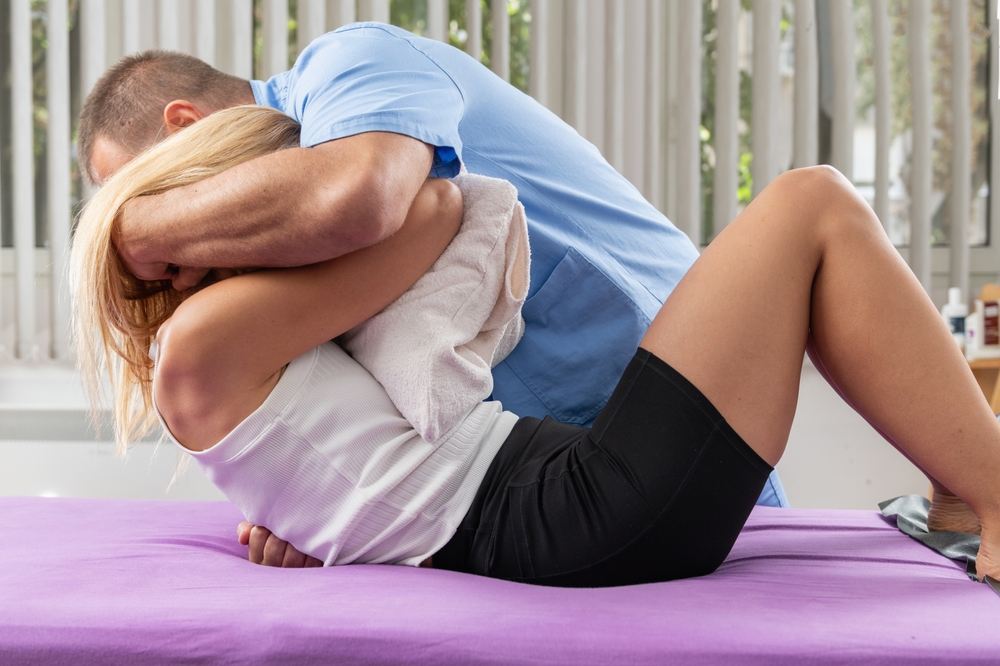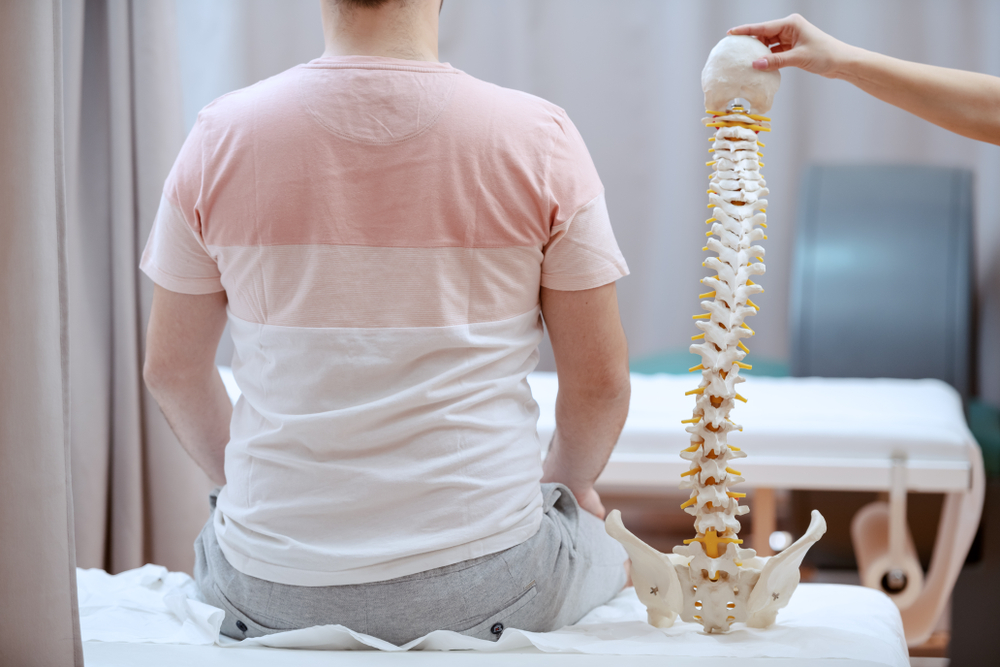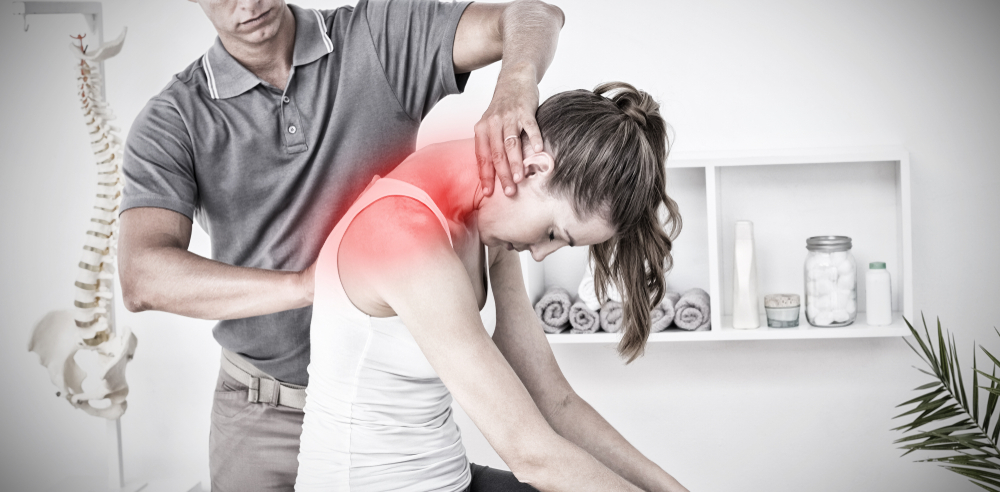Herniated Disc Treatment
Spinal discs are ligament-like rings between the vertebrae of the spine that provide cushioning and protect the spinal column. A herniated disc (sometimes referred to as a “slipped disc” or “bulging disc”) occurs when the thick cartilage covering of the spinal disc develops a significant tear, allowing the jelly-like nucleus liquid inside the disc to spill into the spinal canal.
When pain occurs as a result of a herniated disc, it often is caused when the protruding disc presses against nerve roots. Herniated disc is one known cause of sciatica, as a result of pressure on the sciatic nerve roots. This is known as radicular pain, or nerve root pain. This condition can significantly affect mobility and quality of life, making Herniated Disc Treatment in Southwest Virginia essential for effective pain relief and long-term recovery.
What causes a herniated disc?
As we grow older, our spinal structure gradually changes. For example, our joints may calcify, discs deteriorate as a result of wear and tear, or the spine may develop osteoarthritis or rheumatoid arthritis. A herniated disc is commonly a result of normal wear and tear, but it also can be caused by traumatic injury to the back. It is important to note that not all spinal disc defects cause pain, and in fact, straining a muscle in the back can cause pain comparable to pain from a herniated disc. For accurate diagnosis and personalized care, consulting herniated disc specialists is highly recommended.
Symptoms of a herniated disc:
Symptoms that can occur as a result of a herniated disc include:
- Stiffness.
- Spinal tenderness.
- Back, leg, or arm pain.
In rare but severe cases, patients with herniated discs may experience spinal compression. These serious symptoms should be addressed immediately:
- Partial paralysis, such as loss of bowel or bladder control.
- Loss of feeling in limbs or lower torso.
- Inability to walk.
- Back pain accompanied by fever.
How to get relief from a herniated disc:
If you are suffering from a herniated disc, there are several steps you can take at home to reduce the pain:
- Keep moving. Bed rest or lack of activity can worsen your pain.
- Alternate ice and heat treatments, which can be very effective in relieving acute pain.
- Exercise. Depending on the location of your herniated disc, your chiropractor can recommend specific exercises.
- Maintain good posture. Make sure you are sitting, standing, lifting, or doing other physical activities with your body properly aligned.
Tuck Chiropractic Treatment for a Herniated Disc:
SPINAL MANIPULATION
Chiropractic manipulation is a gentle and safe method to realign and repair the body without the need for pain-relieving drugs or surgery.
PHYSICAL THERAPY
Your chiropractor can recommend and work with you on specific exercises.
AVOID INVASIVE PROCEDURES
Injections or surgery are not usually recommended, as they often cause more problems than they solve.
Patient Testimonial
Are you struggling with pain from a herniated disc? Get professional treatment that works.
Whether you just want a better health lifestyle or you need relief from intense or chronic pain, we can help. Our experienced herniated disc doctor is here to guide you toward lasting relief. Schedule an appointment for your assessment and take a step towards living with less pain and more freedom!
Schedule Appointment Ask A QuestionYou may also be interested in...

How Do Chiropractic Adjustments Work?
Chiropractic care focuses on the health and alignment of the spine, recognizing its vital role in overall well-being. A central component of… Read More

6 Types of Chiropractic Adjustments and How They Work
Chiropractic care is a popular form of healthcare focused on spinal health and overall well-being. Chiropractors use a variety of techniques to… Read More

7 Researched Benefits of Chiropractic Adjustments
Chiropractic care focuses on maintaining spinal health and addressing misalignments that can cause a variety of health issues. The practice is growing… Read More

How Chiropractic Care Can Help Ease Back Pain
Most people have felt the agony and discomfort of back pain. And while chiropractors treat more than just back pain, most people… Read More
